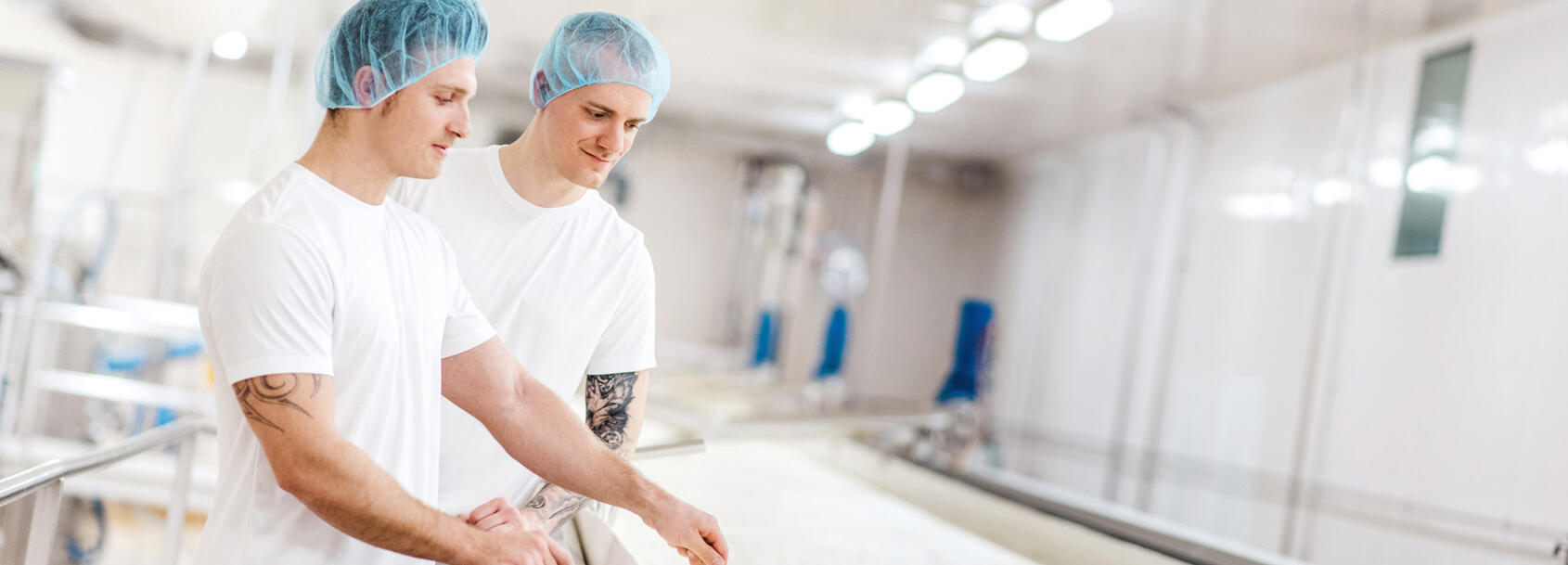

WE LOVE WHAT WE DO
Production
Our Business is Cheese...
...and this is how it is made.
In order to make good cheese, it takes calmness, thouroughness, cheese know-how and years of experience. You want the abstract? Here we show you the different production steps in fast-forward:














